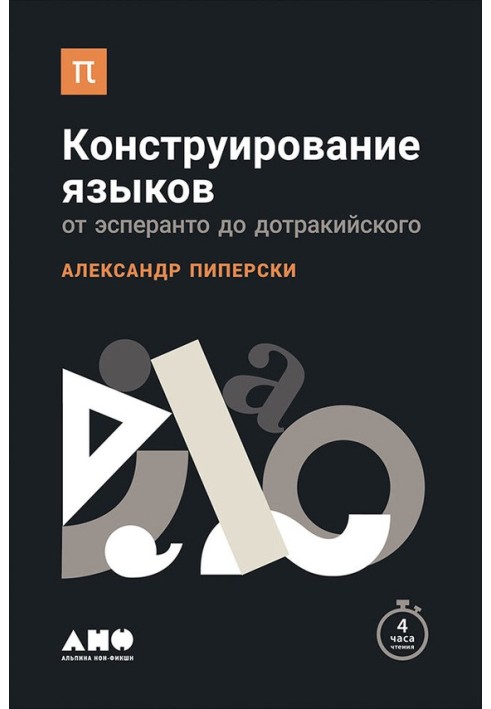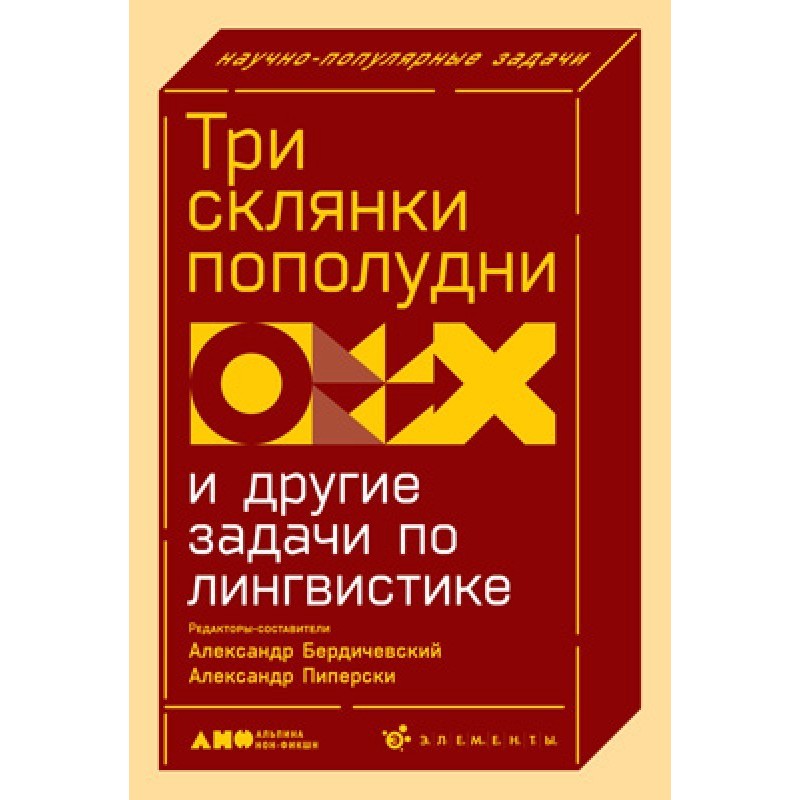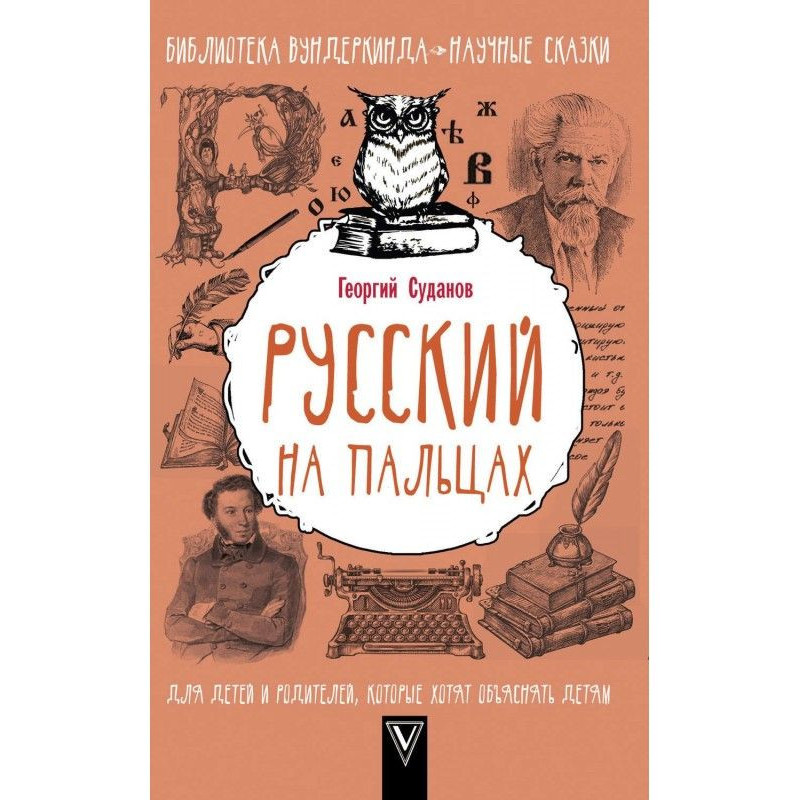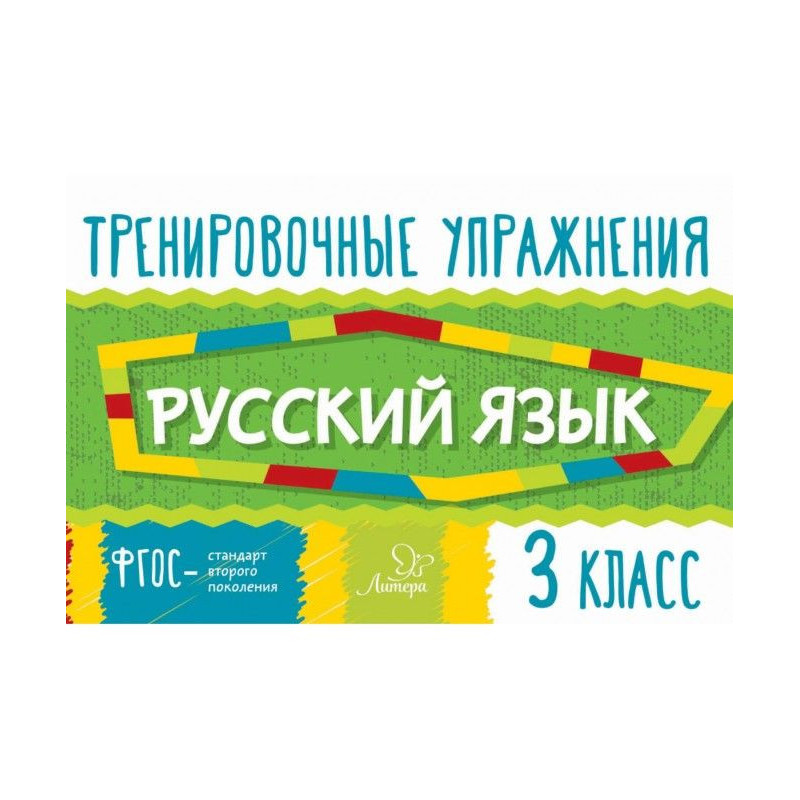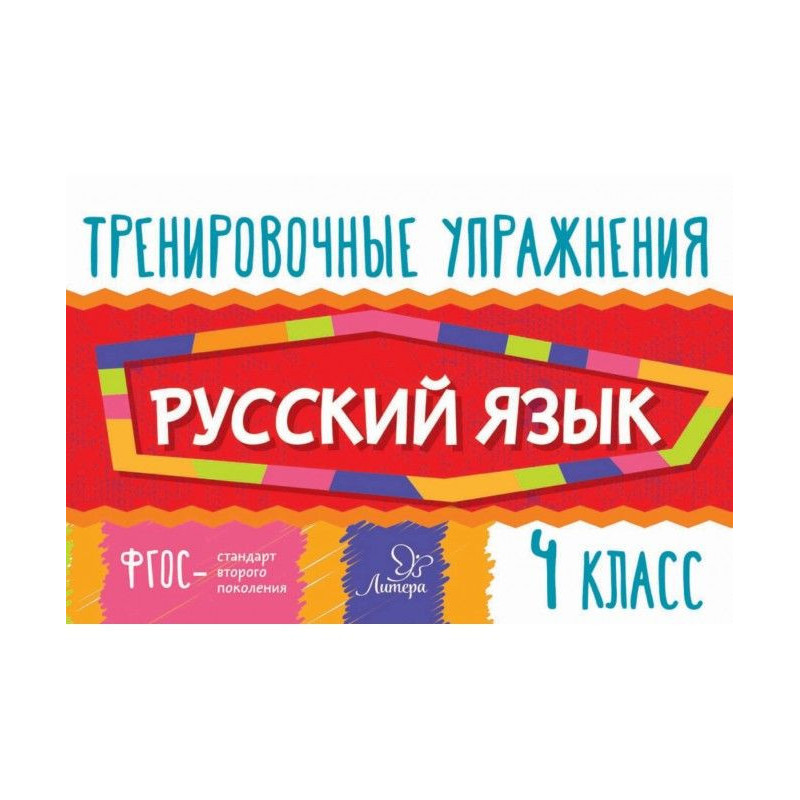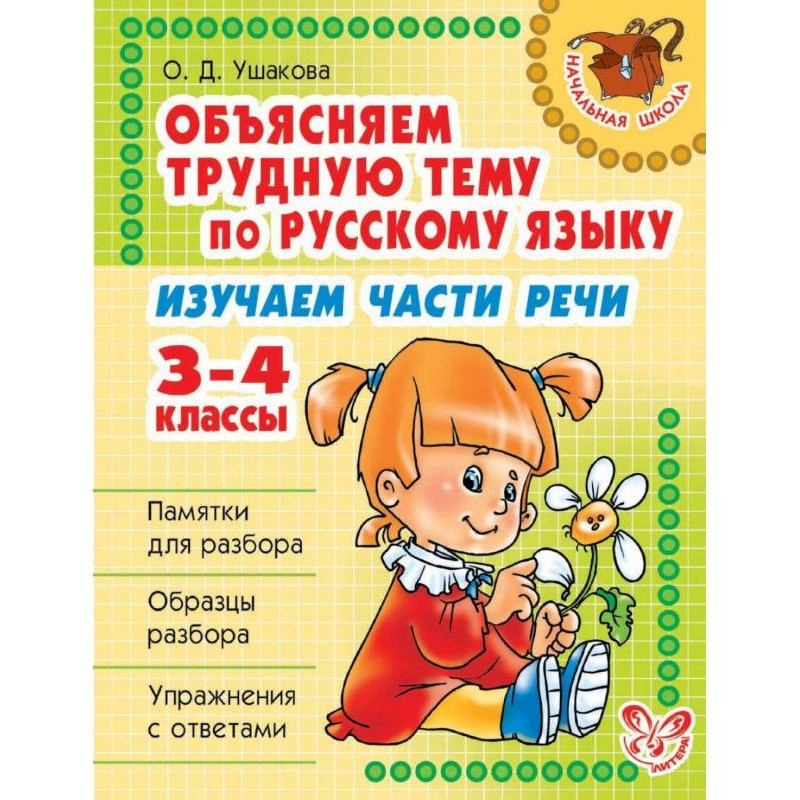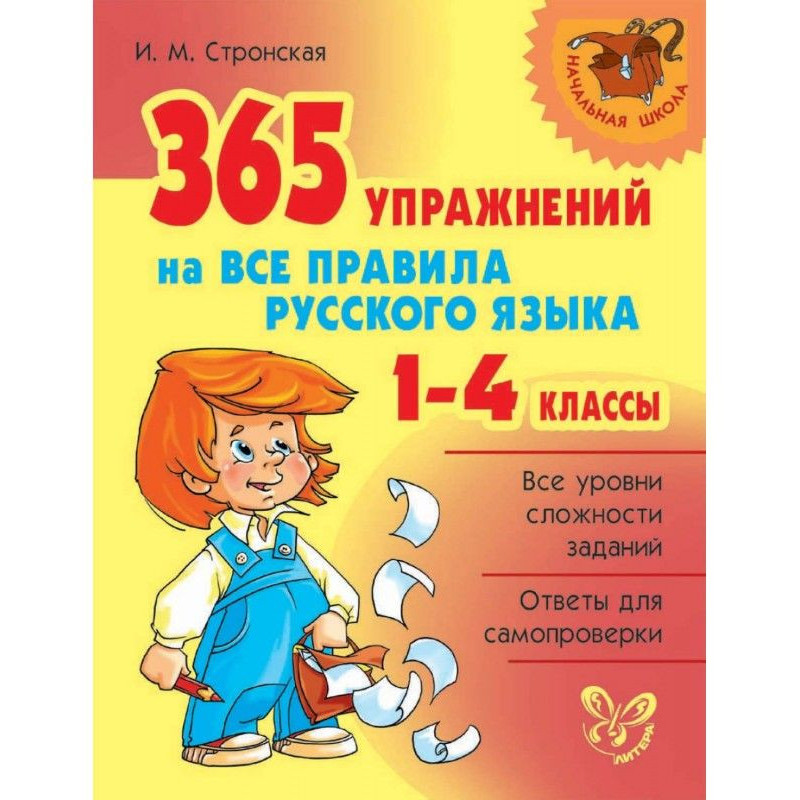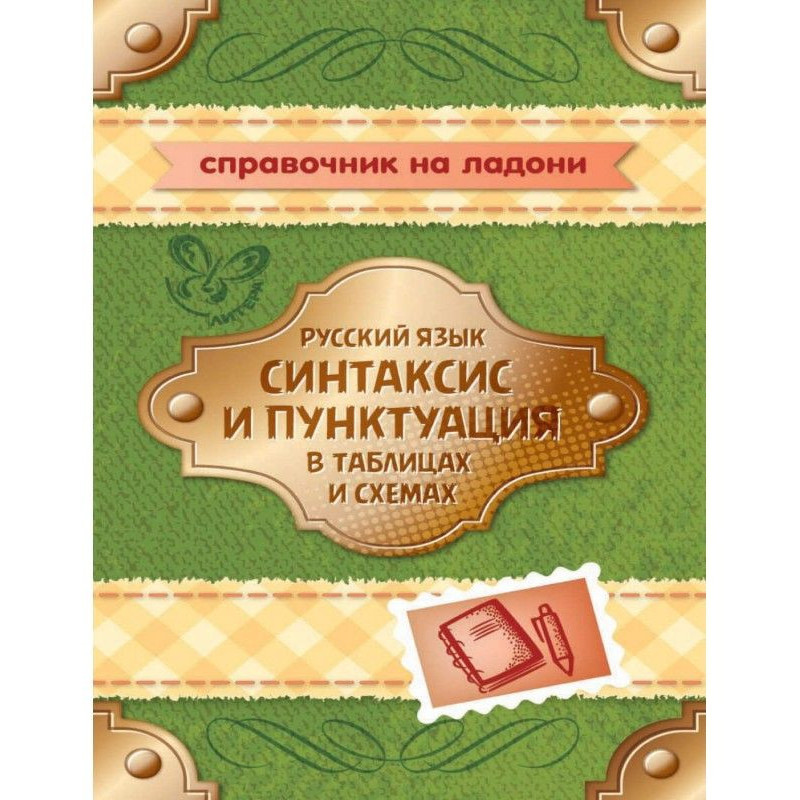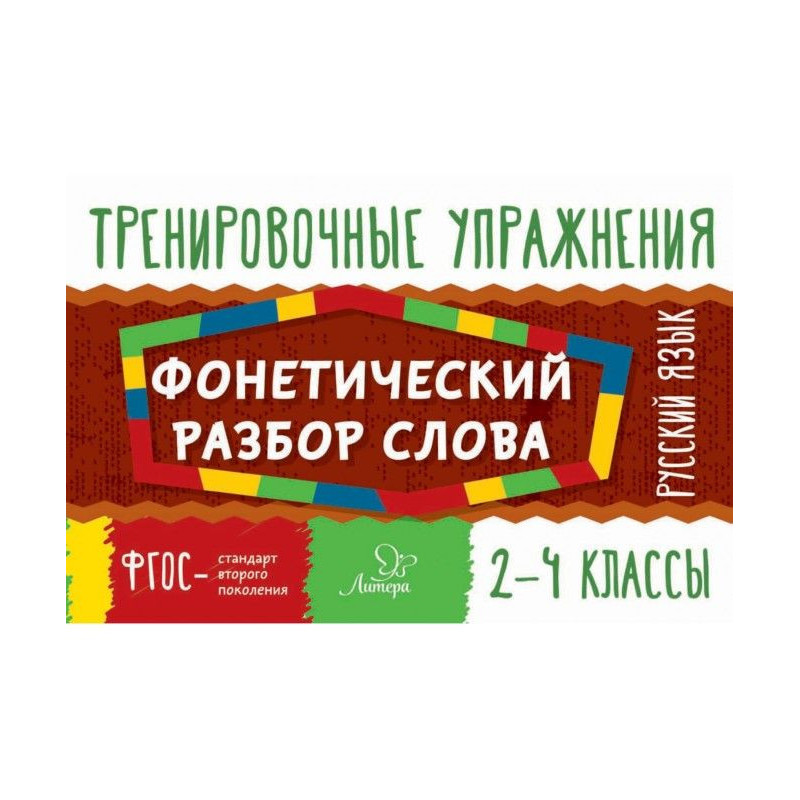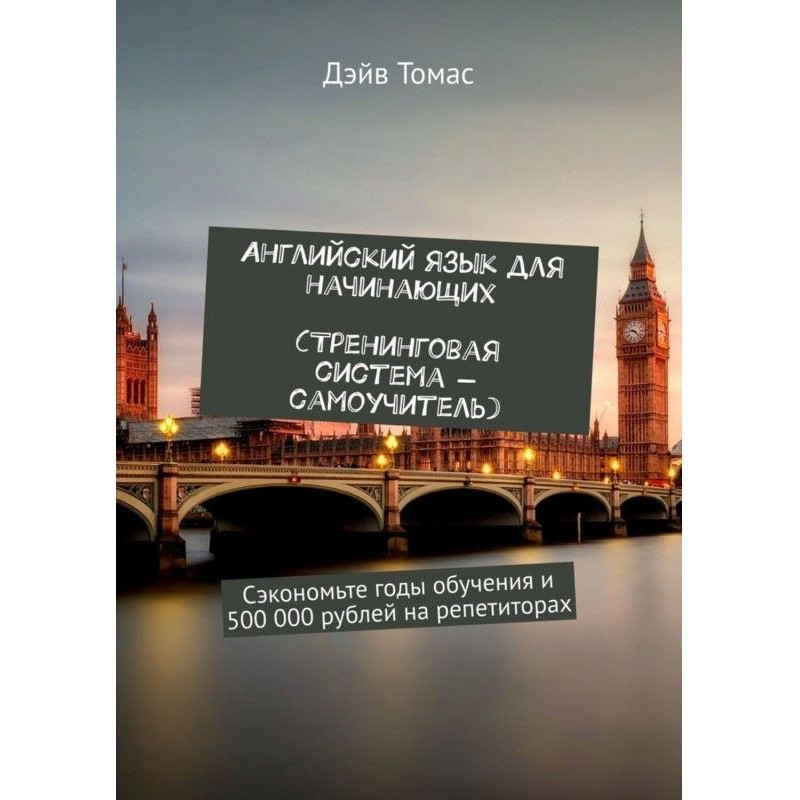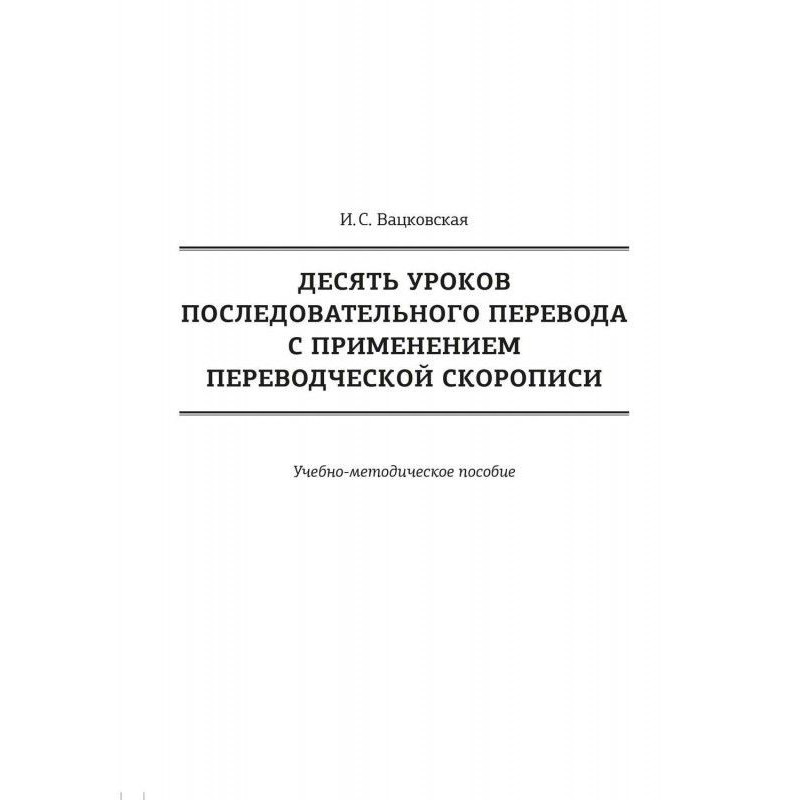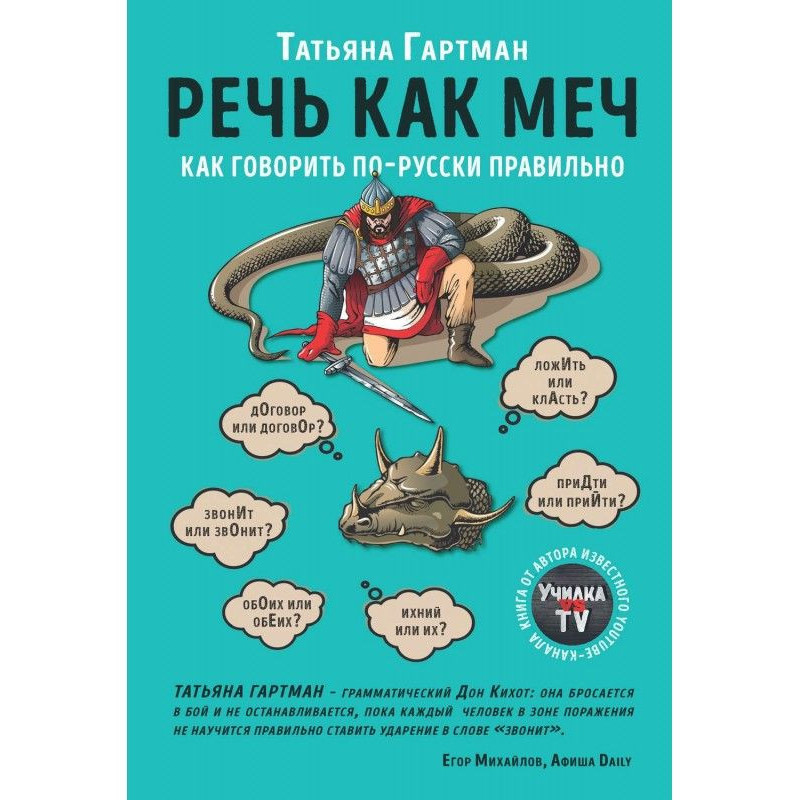Constructing Languages: From Esperanto to Dothraki
 Instant download
Instant download
after payment (24/7)
 Wide range of formats
Wide range of formats
(for all gadgets)
 Full book
Full book
(including for Apple and Android)
Why do people create their own new languages—conlangs—when there are 7,000 natural languages in the world? What types of artificial languages are there? How are they similar to natural languages and how are they different from them? What are their prospects in the modern world? Alexander Piperski, author of the book “Constructing Languages: From Esperanto to Dothraki,” says that people invent languages for a variety of purposes: in order to achieve a logical ideal, in order to better understand each other, or simply to please themselves and for others, aesthetic pleasure. Behind every artificial language there are interesting personalities and dramatic stories of success or failure. Esperanto, Solresol, Rho, transcendental algebra, Quenya, Blissymbolics, Paleneo, Na'vi, Dothraki - this is not a complete list of languages that will be discussed in this book, both from a linguistic and historical point of view. Book of the “PostScience Library” series, published by the Alpina Non-Fiction publishing house together with the PostScience Publishing House.
Data sheet
- Name of the Author
- Александр Пиперски Чедович
- Language
- Russian
Reviews
Вражаюча подорож у світ штучних мов!
Книга Олександра Піперського "Конструювання мов: Від есперанто до дотракійської" є справжнім відкриттям для всіх, хто цікавиться лінгвістикою, культурою та історією. Автор майстерно розкриває причини, чому люди створюють нові мови, а також досліджує різноманітність штучних мов, які існують у світі. Кожен розділ наповнений цікавими фактами, історіями про творців мов та їхніми досягненнями, що робить читання не лише пізнавальним, але й захоплюючим. Я особливо вражений тим, як Піперський порівнює штучні мови з природними, підкреслюючи їхні спільні риси та відмінності. Книга також ставить важливі питання про майбутнє штучних мов у сучасному світі. Рекомендую цю книгу всім, хто хоче заглибитися в цю унікальну тему та дізнатися більше про мови, які можуть стати мостом між культурами!

